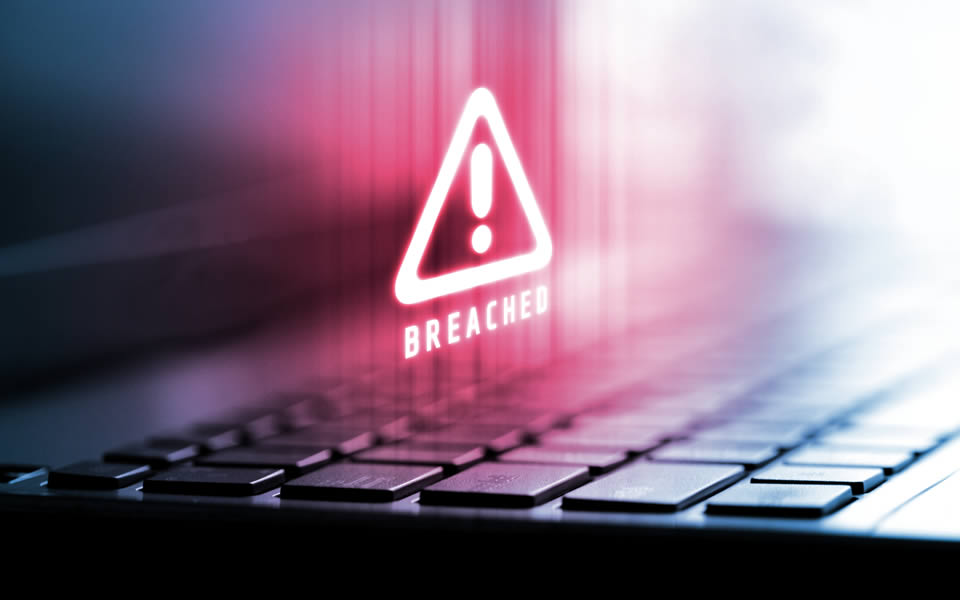In today’s digital age, cybersecurity breaches have become a significant concern for organizations, governments, and individuals alike. With the increasing reliance on technology, data breaches, and cyber-attacks are rising at an alarming rate, posing severe threats to privacy, finances, and national security. A cybersecurity breach refers to any unauthorized access or attack on a system or network that compromises its integrity, data, or functionality. This article explores the causes, impact, and strategies to prevent cybersecurity breaches.
The Growing Threat of Cybersecurity Breaches
Cybersecurity breaches have become more frequent and sophisticated, with attackers using advanced techniques to exploit vulnerabilities in systems and networks. The growing threat of these breaches is driven by several factors. One of the main reasons is the increasing amount of sensitive information stored online. Financial institutions rarecareer.com, healthcare providers, and government agencies hold valuable data that is a prime target for cybercriminals. Additionally, the rise of Internet of Things (IoT) devices and interconnected systems creates more entry points for attackers.
Another factor contributing to the rise in cybersecurity breaches is the lack of robust cybersecurity measures in many organizations. While larger companies tend to have more sophisticated security systems, smaller businesses often fail to implement adequate protections, making them easier targets for cybercriminals. Furthermore, the rapid pace of technological advancement often leaves organizations struggling to keep up with the latest threats, which leaves them vulnerable to attacks.
The Impact of Cybersecurity Breaches on Businesses and Individuals
The impact of cybersecurity breaches can be devastating, affecting both businesses and individuals. For businesses, the consequences of a breach can be financially crippling. Cybercriminals may steal sensitive customer data, leading to financial loss, reputational damage, and legal consequences. Additionally, businesses may face significant downtime as they work to contain the breach and restore their systems, leading to lost revenue and productivity. In some cases, companies may face class-action lawsuits or fines for failing to protect customer information, further exacerbating the financial damage.
For individuals, the impact of cybersecurity breaches can be equally severe. Personal information, such as Social Security numbers, bank account details, and medical records, is often targeted in these attacks. Once cybercriminals gain access to this sensitive data, they may engage in identity theft, financial fraud, or other malicious activities. Victims of identity theft may face months or even years of financial and emotional distress as they work to recover their stolen identities and resolve the damage caused by the breach.
The broader impact of cybersecurity breaches also extends to national security. Cyber-attacks targeting critical infrastructure, such as power grids, transportation systems, and communication networks, can disrupt entire economies and put the safety and well-being of citizens at risk. State-sponsored cyber-attacks can also lead to geopolitical tensions, as countries engage in cyber warfare to advance their strategic interests.
The Causes of Cybersecurity Breaches
Cybersecurity breaches occur due to various causes, ranging from human error to malicious intent. One of the most common causes is weak passwords and poor authentication practices. Many individuals and organizations still use simple, easy-to-guess passwords, which can be easily exploited by cybercriminals. Phishing attacks, in which attackers trick individuals into revealing sensitive information, are also a common cause of cybersecurity breaches. These attacks often involve fraudulent emails or websites that appear legitimate, convincing victims to share their personal details.
Inadequate software updates and unpatched vulnerabilities are another significant cause of cybersecurity breaches. Cybercriminals often exploit known vulnerabilities in outdated software to gain unauthorized access to systems. Failing to regularly update software, including security patches, leaves systems exposed to attacks. Additionally, insufficient employee training on cybersecurity best practices can contribute to breaches, as employees may inadvertently click on malicious links or share sensitive information without realizing the risks.
Finally, insider threats, where employees or contractors intentionally or unintentionally compromise security, also play a role in cybersecurity breaches. While these incidents are less common, they can be particularly damaging, as insiders often have access to sensitive data and systems. Malicious insiders may exploit their access for personal gain, while negligent employees may inadvertently cause breaches by mishandling data or ignoring security protocols.
Preventing Cybersecurity Breaches: Best Practices
Preventing cybersecurity breaches requires a multi-layered approach that involves both technological solutions and human vigilance. One of the most critical steps is implementing strong authentication methods, such as multi-factor authentication (MFA). MFA adds an additional layer of security by requiring users to provide more than one form of verification, making it much harder for attackers to gain unauthorized access.
Regularly updating software and systems is another crucial step in preventing cybersecurity breaches. Organizations should establish a routine for applying security patches and updates to all software, operating systems, and applications. This ensures that vulnerabilities are addressed before they can be exploited by cybercriminals. Additionally, businesses should invest in advanced cybersecurity tools, such as firewalls, intrusion detection systems, and encryption software, to further protect their networks and data.
Employee training is also essential in preventing cybersecurity breaches. Organizations should regularly educate their employees on cybersecurity best practices, such as recognizing phishing attempts, using strong passwords, and safeguarding sensitive information. Employees should also be encouraged to report any suspicious activity or potential security threats immediately.
To prevent insider threats, organizations should implement strict access control measures. Limiting access to sensitive data and systems based on the principle of least privilege ensures that employees can only access the information necessary for their roles. Regular audits of user activity can also help identify potential security risks and prevent unauthorized actions.
Responding to Cybersecurity Breaches
Despite best efforts, no system is entirely immune to cybersecurity breaches. When a breach occurs, it is crucial to respond quickly and effectively to mitigate the damage. The first step is to contain the breach and prevent further unauthorized access. This may involve disconnecting affected systems from the network, shutting down compromised accounts, and blocking malicious traffic.
Once the breach is contained, organizations should conduct a thorough investigation to determine the extent of the damage, identify the cause of the breach, and assess the impact on affected individuals or customers. It is essential to notify affected parties as soon as possible and offer assistance, such as credit monitoring services for identity theft victims.
Finally, organizations should learn from the breach and implement improvements to their cybersecurity policies and practices. This may involve updating security protocols, enhancing employee training, and investing in additional security measures to prevent future breaches.
Conclusion: The Ongoing Battle Against Cybersecurity Breaches
Cybersecurity breaches represent a serious and growing threat in today’s digital landscape. As cybercriminals become more sophisticated, it is essential for individuals and organizations to take proactive measures to safeguard their data and systems. By implementing strong security practices, regularly updating software, and educating employees, we can reduce the risk of cybersecurity breaches and protect ourselves from their devastating consequences. However, it is equally important to be prepared to respond quickly and effectively in the event of a breach to minimize damage and recover swiftly. With continued vigilance and improvement, we can reduce the prevalence of cybersecurity breaches and create a safer digital environment for all.




